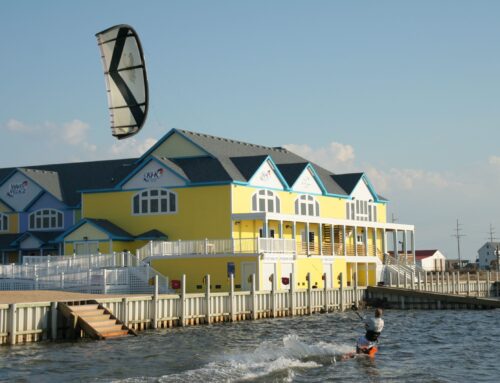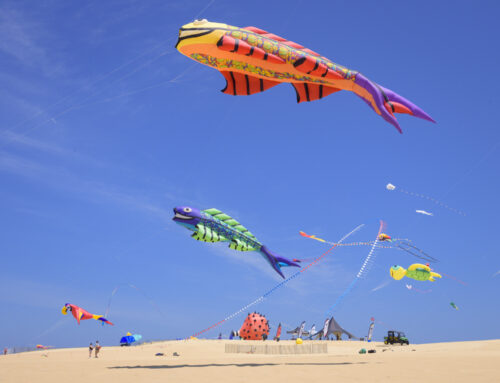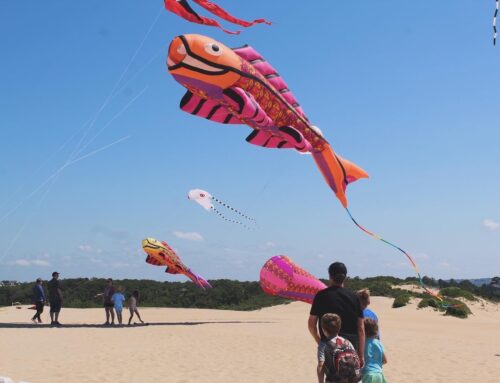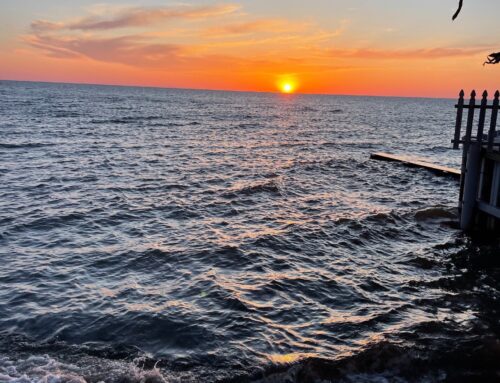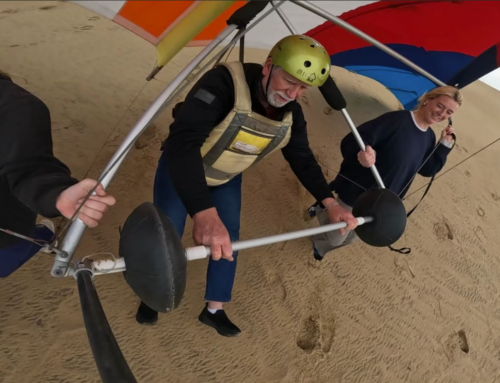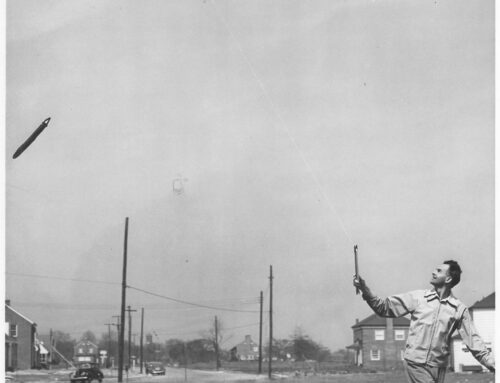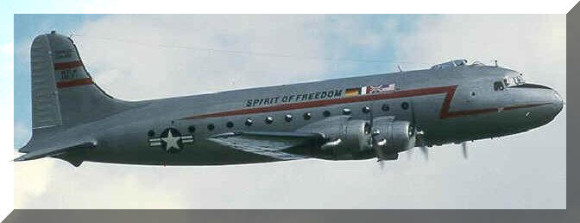
We were hoping the Candy Bomber would be part of the Wright Brothers flyover yesterday. But after waiting for a half-hour or so for the C-54 Skymaster to buzz the Monument, we figured it wasn’t coming.
There were a few aircraft on hand commemorating the 112th anniversary of powered flight. But without the Candy Bomber it didn’t have quite the excitement we were hoping for.
If the flyover wasn’t as exciting as we had anticipated, there is still the excitement of Orville and Wilbur Wright, two American originals who rewrote history. Here are a few facts about them that may not be that well known.
They would argue for days about concepts and ideas—
Loudly . . . very loudly, according to a number of sources. Over the course of their arguments, there were times that they became convinced that the other brother’s points were the more valid and argue just as strongly for the idea they had originally rejected.
They were high school dropouts,
Both left school in their senior year. Wilbur was high-sticked in a hockey game and lost all of his front teeth taking three years to completely recover. Orville took college-level classes in his junior year in high school. But he was told he couldn’t use those classes toward his senior year credits. So he decided to not go back to school
Although high school dropouts, they were extraordinarily widely read. Their father Bishop Milton Wright, believed a well-rounded individual read books on every subject. So the house had a very well-stocked library.
The Wright Brothers were not the first to fly a powered aircraft.
What they were the first to do, was fly a powered aircraft that could be controlled. A number of people had strapped an engine to a glider and took off. None of them were able to turn, bank or even land safely. Shifting the pilot’s weight in the aircraft steered almost all of the early powered gliders. An idea the Brothers originally rejected before their first glider.
Both the French and US governments initially refused to acknowledge the Wright Brothers were the first to fly a powered aircraft.
In France, the Fédération Aéronautique Internationale laid down the ground rules for what they would consider a successful flight. According to them, Alberto Santos-Dumont first demonstrated powered flight in 1906. Although, he still hadn’t figured out how to turn the plane.
The Europeans—and French in particular—were openly skeptical of the Wright Brother’s claims. But that changed in a one minute, 45-second flight at Le Mans when Wilbur demonstrated control over his aircraft that no one in Europe could hope to match. “You never saw anything like the complete reversal of position that took place after two or three little flights of less than two minutes each,” he wrote to his Orville.
The relationship with the US government—specifically the Smithsonian Institution—was far more troubled.
Samuel P. Langley was the Secretary of the Smithsonian Institution at the turn of the 20th century and was considered one of the preeminent scientists of his day. With grants from the US Government that approached $75,000 (almost $2,000,000 in 2015 funds) and a series of almost successful unmanned flights behind him, he attempted two manned flights in 1903. Both were abysmal failures.
What happened next is rather complicated but makes for a good story. Langley’s successor at the Smithsonian, Charles Walcott, was convinced that the problem with Langley’s Aerodrome was the catapult launch system, not the aircraft.
In 1914, Walcott hired Glenn Curtis to identify the flaws in Langely’s design and get it to fly. Curtis was another early pioneer in aviation who did not have a good relationship with the Wrights—he had lost a number of patent infringement lawsuits. With considerable reengineering, the Aerodrome was able to fly. This led to the Smithsonian claiming the aircraft was, “The first man-carrying aeroplane in the history of the world capable of sustained free flight.”
Wilbur passed away from typhus in 1912. But Orville was livid, eventually sending the original Wright Flyer to the London Science Museum in 1928. The Wright Flyer did not make it to the Smithsonian until 1948, a year after Orville’s death. As stipulated by Orville, though, the Smithsonian issued a complete retraction of their original claim.
